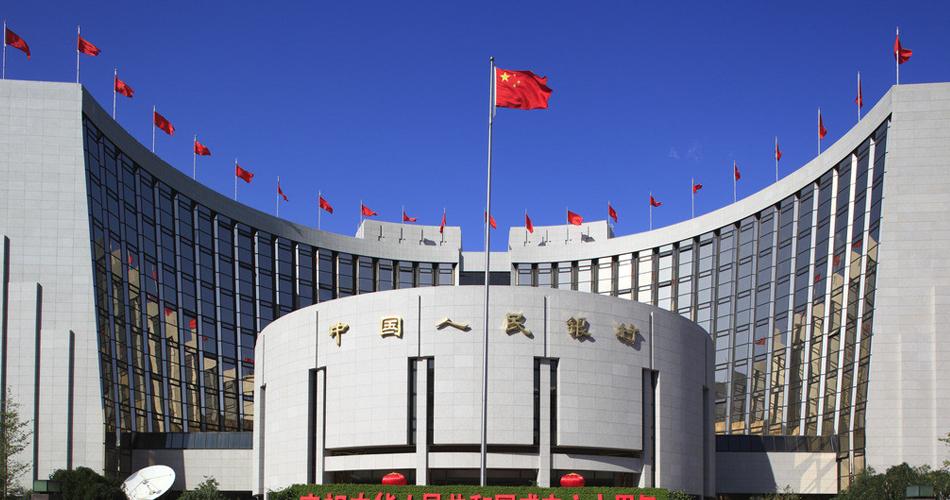BEIJING, March 1 (Xinhua) — China’s latest cut in its reserve requirement ratio (RRR) signalled more bold pro-growth measures on the horizon against rising economic headwinds.
The People’s Bank of China (PBOC) announced on Monday it will reduce the RRR for banks by 0.5 percentage points, the first such operation since October. Specifically, the RRR will be 17 percent for large banks and 15 percent for smaller institutions.
The decision surprised the market as the PBOC has conducted open market operations and lending facilities more frequently, rather than RRR or interest rate cuts, to pump cash into the market in recent months for fear of further slips by the yuan.
Central bank governor Zhou Xiaochuan disclosed a fine-tuning of China’s policy stance, shifting from a “prudent” monetary policy to one that is “prudent with a slight easing bias” during a G20 meeting concluded Saturday in Shanghai.
The authorities are sending a clear signal of policy accommodation as the yuan has shown signs of stabilizing, UBS economist Wang Tao said.
The central parity rate of the yuan strengthened 67 basis points to 6.5385 against the U.S. dollar on Tuesday.
The cut aims to ensure ample liquidity on the market and create a favorable environment for structural reform, according to a statement released by the central bank.
CICC Macro, a domestic economic research institution, described the move as “a reasonable choice” to replenish domestic liquidity that has been squeezed by capital outflows.
China’s yuan funds outstanding for foreign exchange dropped 644.5 billion yuan (nearly 100 billion U.S. dollars) in January following an even deeper plunge in December due to depreciation expectations for the yuan, China’s currency.
“Given looming downward pressure, the lowering will boost credit, unleash liquidity and help the economy to hold steady, as well as facilitate ongoing reforms,” said Guo Tianyong, a professor at Central University of Finance and Economics.
Analysts believe the RRR cut suggested that economic regulators will continue to prop up growth by rolling out easing measures amid economic overhauls.
Easing policies should continue as supply-side reforms cannot take effect quickly, said Liu Dongliang, a researcher with China Merchants Bank. “Such decisive actions [easing measures] by the government can soothe market jitters and boost confidence in the real economy,” he said.
The central bank has slashed the RRR and rates multiple times to drive down corporate borrowing costs and stimulate the real economy since the end of 2014.
Weighed on by falling exports and industrial overcapacity, China is grappling with a lingering slowdown. Manufacturing activity fell to its lowest level in four years last month, calling for more policy support and efforts on structural reforms.
Economists agreed the RRR cut will be followed by more growth-supportive policies this year.
Wang expects the PBOC to cut the RRR by a total of 300 basis points and continue to lower benchmark interest rates. Lian Ping, chief economist with the Bank of Communications, predicts at most three RRR cuts but held that rate cuts will be less likely.
“Apart from measures on the monetary front, stronger fiscal policies are also needed to stabilize growth as China faces high downward pressures and lackluster business performance, and banks have become more cautious to lend,” Lian said.
Finance minister Lou Jiwei has predicted an increase in the budget deficit this year and said China still has room to expand fiscal policy.
China raised its budget deficit to 2.3 percent of GDP in 2015, up from 2.1 percent in 2014.
When meeting with U.S. Treasury Secretary Jacob Lew in Beijing on Monday, Premier Li Keqiang said China will be more forceful in proactive fiscal policy and will continue structural reform, especially on the supply side, to foster new growth drivers and revitalize traditional drivers.
